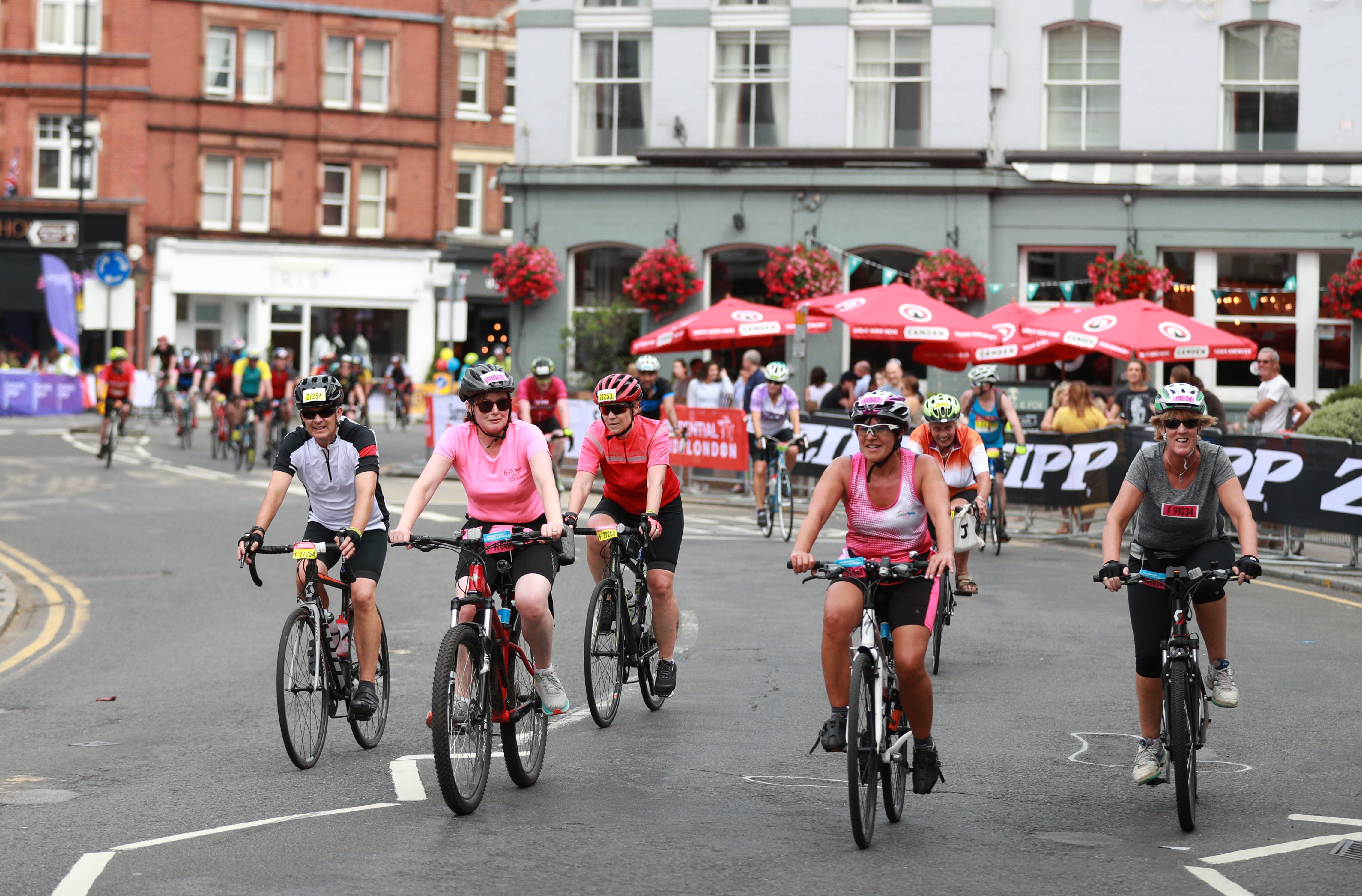Beginner's 12-week training plan
If you’ve secured a spot in the Ford RideLondon-Essex 100, congratulations! You’ll be joining thousands of others on an epic journey that takes in both the buzz of central London and the beauty of rural Essex – and we can’t wait to cheer you along.
But if you’re new to cycling and wondering how to tackle training for the 100-mile challenge, fear not – we’ve put together a handy 12-week training plan to gear you up for the ride and make those miles manageable.
It’s the ultimate guide to help you feel your best as you cross the Finish Line at Tower Bridge!
Training lingo
Threshold efforts, tempos, surges… It all sounds impressive on paper, but what does it actually mean? We explain some of these nifty training terms to help you follow our plan with ease:
- Endurance ride: these rides are carried out at a lower intensity but for longer durations, so they help you build the stamina needed to succeed in the Ford RideLondon-Essex 100!
- Tempo ride: often called ‘hard aerobic’ training, tempo rides require more concentration and effort than endurance rides. They often work well for rides of 20 to 60 minutes.
- Threshold ride: the term ‘threshold’ means the highest effort you can sustain for a set period. In cycling, this is often 20 to 40 minutes.
- Surge: a surge is a short acceleration out of the saddle (but not a full-blown sprint!) that reflects a short, intense change of pace. Once you’ve completed a surge, you should return to a steady cycling effort.
- Cross-training: yes, we know, cycling is the best sport out there – so why do anything else? Well, to work other muscle groups, add interest to your training and keep motivation high, it’s recommended that you build some cross-training into your Ford RideLondon-Essex 100 preparations. Cross-training could be anything that keeps you active, whether that’s running or rock climbing, swimming or circuits, or windsurfing or walking the dog.
- WU: warm up…
- CD: cool down. Phew!
You may come across this term during your cycling journey, too:
- Revolutions per minute (RPM): RPM measures the rate at which you turn the pedals. For context, a medium cycling effort (85 to 95 RPM) should feel comfortable, while a higher effort (95 to 120 RPM) should make you work a bit harder and breathe a bit faster.
